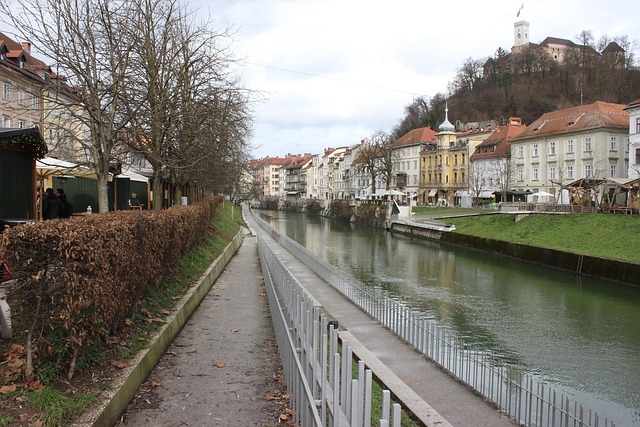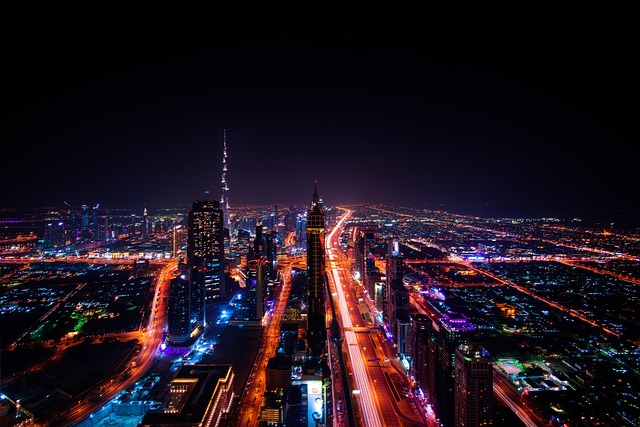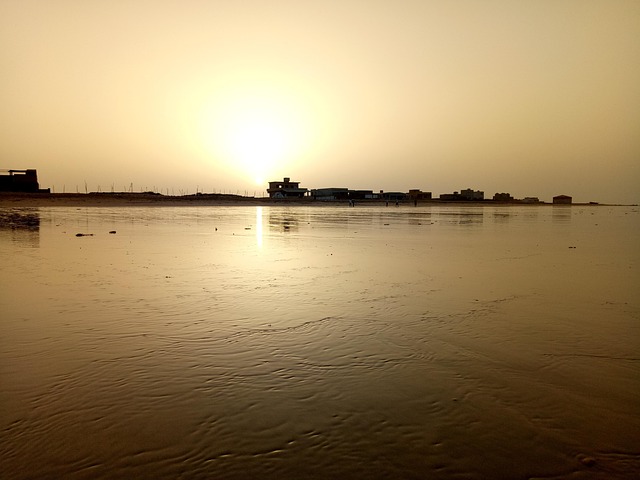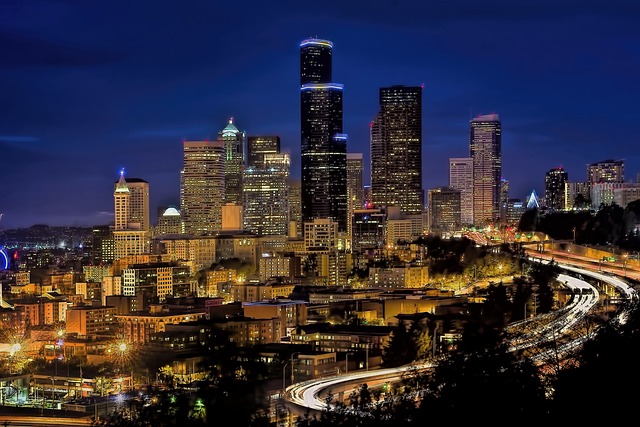Karachi, Pakistan's economic powerhouse, is transforming its energy landscape by prioritizing natural gas availability. This strategy involves expanding infrastructure, including networks and fields, to shift towards cleaner natural gas for various applications. Gulistan-e-Jauhar, a vibrant neighborhood, leads this initiative with efficient gas distribution solutions, promising improved air quality, reduced noise pollution, and lower energy costs. While challenges like high costs and construction disruptions exist, careful planning and collaboration are key to successful implementation. Karachi aims to establish itself as a model for sustainable energy adoption by exploring diverse gas sources, upgrading infrastructure, and expanding networks to ensure an accessible and environmentally friendly energy future.
In Karachi, a city pulsating with energy demands, the availability of gas plays a pivotal role in shaping its future. This article delves into the evolving energy landscape, focusing on Gulistan-e-Jauhar—a promising new frontier for natural gas distribution. We explore the benefits and challenges of implementing gas infrastructure in this area, while also examining future prospects to ensure sustainable gas supply amidst Karachi’s rapid growth. By addressing these aspects, we aim to illuminate the path towards a more resilient energy future for Pakistan’s metropolitan heartbeat.
- Karachi's Energy Landscape: The Role of Gas Availability
- Gulistan-e-Jauhar: A New Horizon for Natural Gas Distribution
- Benefits and Challenges: Implementing Gas Infrastructure in the Area
- Future Prospects: Ensuring Sustainable Gas Supply in Karachi's Growing Neighborhoods
Karachi's Energy Landscape: The Role of Gas Availability

Karachi, as Pakistan’s economic powerhouse and a bustling metropolis, faces unique challenges in its energy landscape. Gas availability plays a pivotal role in shaping the city’s future. With a population exceeding 15 million, Karachi’s energy demands are immense, putting tremendous pressure on existing resources. The reliable supply of gas has emerged as a game-changer, offering a cleaner and more sustainable alternative to meet the growing energy needs of its residents and industries.
In recent years, the city has witnessed a significant boost in gas infrastructure development. This includes the expansion of gas networks and the establishment of new gas fields, ensuring a steady flow of natural gas for various applications. From residential heating and cooking to industrial processes and power generation, gas availability is transforming Karachi’s energy mix. It reduces dependency on fossil fuels, contributing to better air quality and a more sustainable future for this vibrant city.
Gulistan-e-Jauhar: A New Horizon for Natural Gas Distribution

Gulistan-e-Jauhar, a vibrant and rapidly growing neighborhood in Karachi, is poised to become a new frontier for natural gas distribution. The area’s recent urbanization and increasing population demand efficient energy solutions, making natural gas an attractive option due to its affordability and environmental benefits compared to other fossil fuels. With the expansion of gas infrastructure, Gulistan-e-Jauhar residents can look forward to cleaner air, reduced noise pollution from generators, and potentially lower energy costs for homes and businesses.
Karachi’s city planners and utilities providers are working collaboratively to ensure that natural gas services reach every corner of this bustling community. This includes developing new pipelines, installing meters, and educating locals on the safe use of natural gas. Such efforts not only enhance the quality of life for residents but also position Gulistan-e-Jauhar as a model for sustainable energy adoption within Karachi’s urban landscape.
Benefits and Challenges: Implementing Gas Infrastructure in the Area

The implementation of gas infrastructure in Gulistan-e-Jauhar, Karachi, brings a host of benefits for the area’s residents and businesses. Access to natural gas can significantly enhance energy efficiency and reduce reliance on traditional fuel sources like coal or wood, contributing to cleaner air and a healthier environment. Moreover, it offers cost savings through cheaper energy bills, making essential services more affordable for the community. With advanced gas distribution networks, the area can experience improved access to reliable energy, powering businesses, homes, and even public transport, which could transform local economic prospects.
However, challenges lie ahead in the form of significant infrastructure development costs and potential disruptions during construction. Balancing these factors while ensuring safety and security is paramount. The complex process involves careful planning, coordination with local authorities, and addressing community concerns regarding noise, traffic, and possible environmental impacts. Successful execution can lead to a modern energy system for Karachi, but it demands meticulous management and consideration of the area’s unique context.
Future Prospects: Ensuring Sustainable Gas Supply in Karachi's Growing Neighborhoods

As Karachi continues to grow and develop, ensuring a sustainable gas supply for its expanding neighborhoods becomes increasingly vital. The demand for natural gas is expected to rise with the city’s population growth, industrial expansion, and growing energy needs. To meet this future demand, there are several promising prospects to enhance gas availability in Karachi.
One key strategy involves exploring alternative gas sources, such as liquefied petroleum gas (LPG) and renewable energy-based gases. By diversifying the gas mix, Karachi can reduce its reliance on traditional fossil fuels and contribute to a more sustainable energy landscape. Additionally, investments in infrastructure upgrades and the expansion of distribution networks are necessary to ensure efficient gas delivery to residential, commercial, and industrial areas across the city. These measures will not only enhance gas accessibility but also play a crucial role in mitigating environmental concerns associated with energy consumption in Karachi’s bustling neighborhoods.
Karachi’s energy future hinges on sustainable gas supply, as evidenced by Gulistan-e-Jauhar’s promising role. Implementing robust gas infrastructure offers benefits like improved access and reduced pollution, but challenges such as financial constraints and regulatory hurdles must be addressed. By focusing on innovative solutions and strategic planning, Karachi can ensure a thriving and environmentally conscious energy landscape for its growing neighborhoods, setting a sustainable pace for the city’s development in the years to come.







Leave a Reply